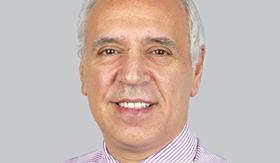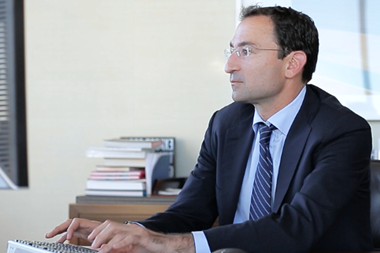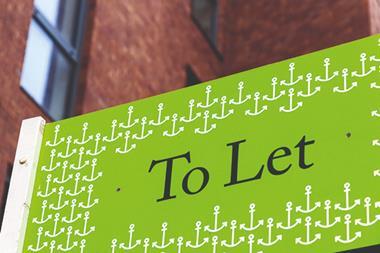“Speed is of the essence,” New York State senator Chuck Schumer told me last week about the need to build a new Hudson River Amtrak tunnel between New Jersey and Manhattan.

Otherwise: “It will send our whole regional economy into a recession.”
A metropolis of 8.4 million people with 450m sq ft of office space depends on swift and reliable transit and Schumer’s warning could apply to all of New York City’s mass transit infrastructure. Decades of decay and neglect have left its aged subway system cash-starved and other rail links crumbling.
Most critically, new tunnels are needed beneath the Hudson River for national railroad Amtrak. The existing tubes are nearly 100 years old and are falling apart. Superstorm Sandy in 2012 flooded them with 3.25 million gallons of seawater. Although they were shored up, their remaining lifespan is estimated at seven to 10 years.
An emergency closure would be calamitous for the economy. Yet the danger has been largely ignored by New York State governor Andrew Cuomo and New Jersey governor Chris Christie, who control the purse strings. Christie cancelled a $10bn (£6.6bn) replacement plan a few years ago because he said it would cost his state too much. Cuomo, a self-described “car guy”, recently sniffed: “It’s not my tunnel.”
Finally the governors agreed to work together on a funding and tunnel design plan.
A new development authority with a ‘czar’ to ride them on agencies with disparate agendas is clearly needed. Yet, astonishingly, Cuomo wants the Port Authority of New York and New Jersey to control the job. The notoriously bloated PA owns the World Trade Center site, where its inefficiency stymied reconstruction for years.
Meanwhile, there still are no easy links between Manhattan and the airports. A proposed near-pointless $450m “air train” to LaGuardia would involve taking the subway from Manhattan to a remote station in Queens before switching to the new train.
The project would replicate the sole existing rail connection from Manhattan to John F Kennedy International Airport - another unpopular, awkward, two-train affair where passengers must lug their bags across
a platform.
Meanwhile, more critical needs go begging. Penn Station remains an overcrowded, grungy daily purgatory for Long Island commuters, while the miserable Port Authority Bus Terminal needs upgrades.
However, New York City boasts one recent transit improvement - the opening in September of its first new subway station in 26 years. The No. 7 train was extended a mile and a half west and south. For the first time, riders have easy access to the Far West Side.
The $2.4bn project, built by the state-run Metropolitan Transportation Authority (MTA) but paid for by the city, was justly celebrated. And a more momentous milestone is in sight: the opening of a four-station Second Avenue line by 2017, which will ease congestion on the Lexington Avenue. Yet both projects, although worthy, seem piecemeal. New York City’s subway system, built mainly between 1900 and 1940, remains a machine-age masterpiece.
Meanwhile, the MTA and New York mayor Bill de Blasio are squabbling over who should put in the most to close the MTA’s $15bn capital budget deficit.
With the clock ticking, New Yorkers can only hope their leaders finally rise to the challenge as they did so swiftly after 9/11.
Steve Cuozzo is a real estate columnist and contributor at the New York Post
































No comments yet